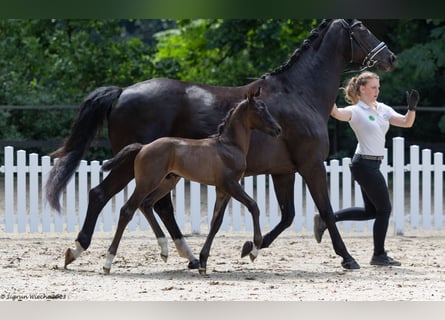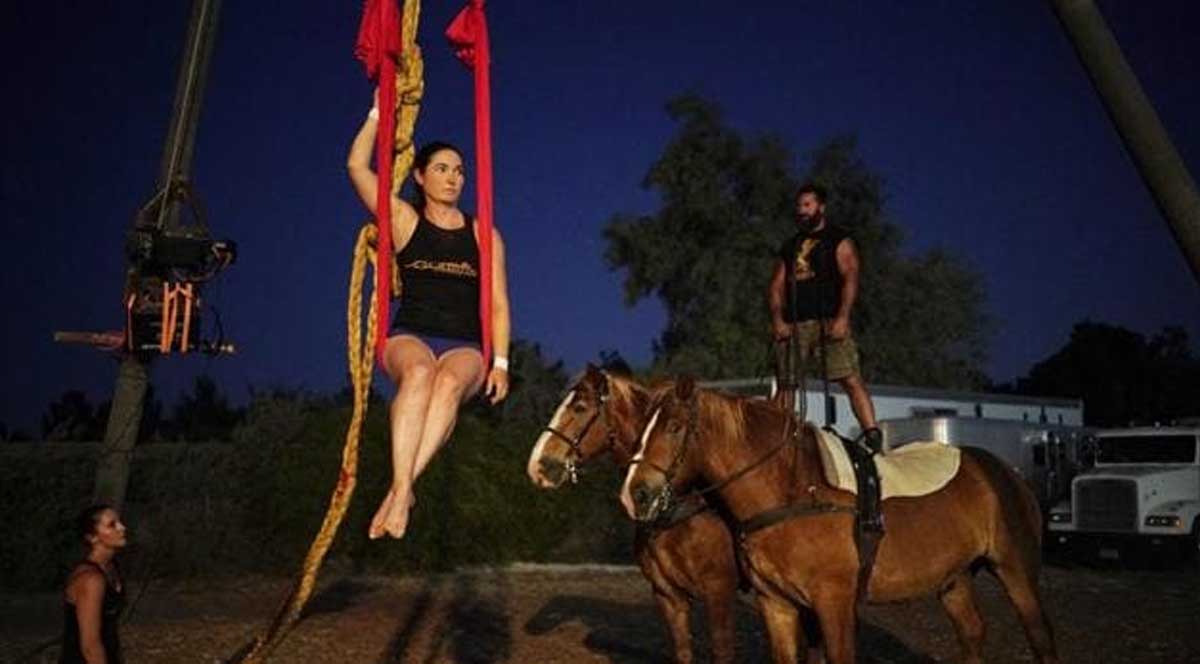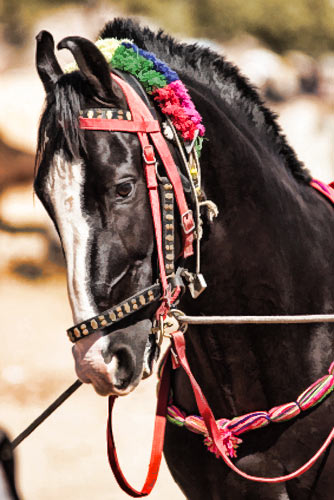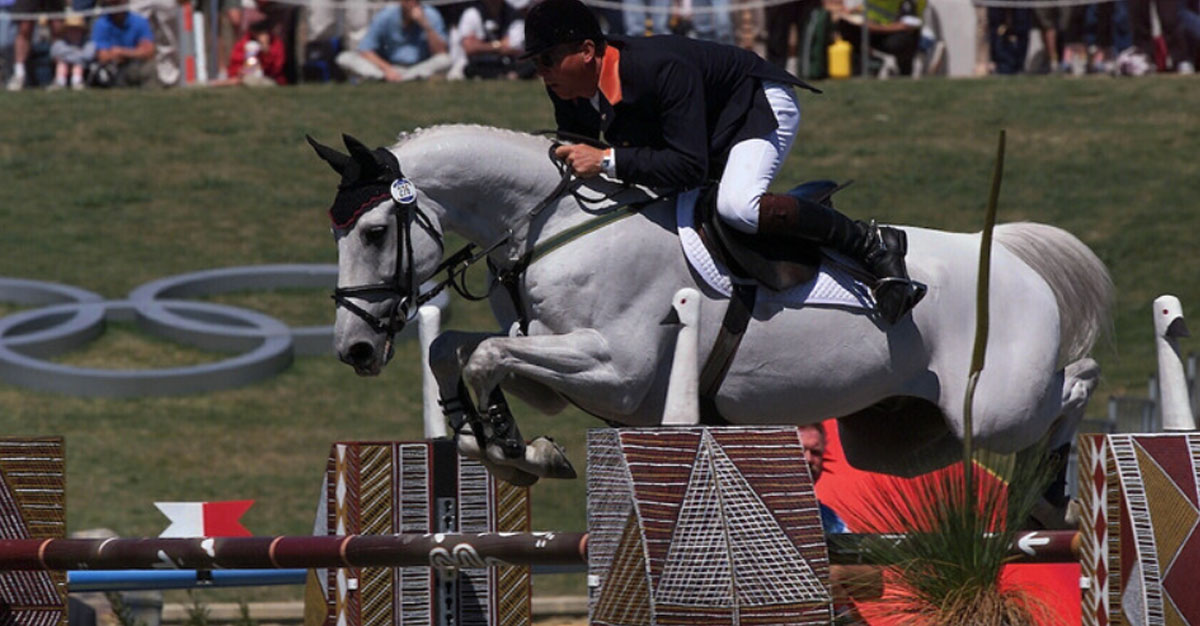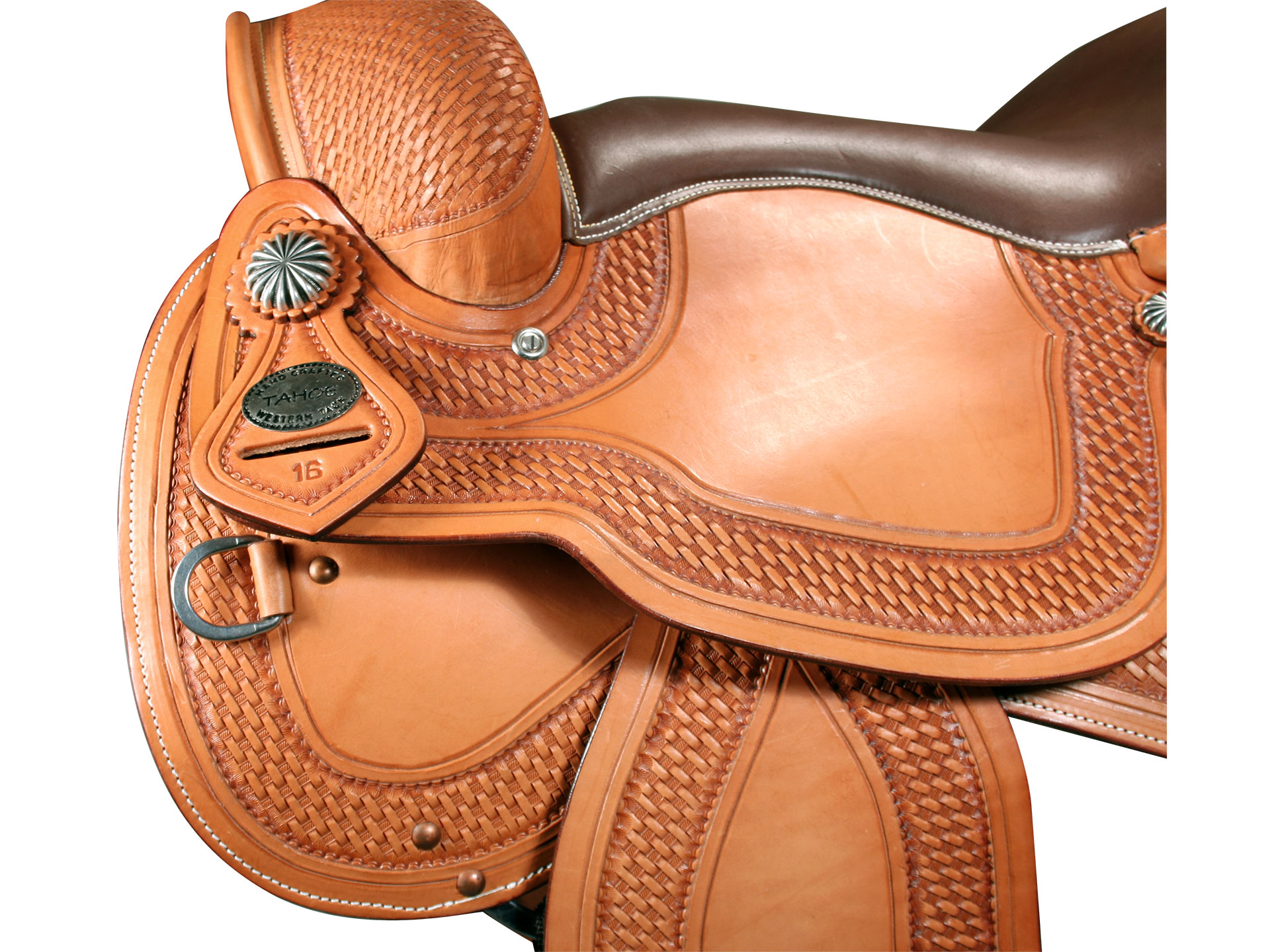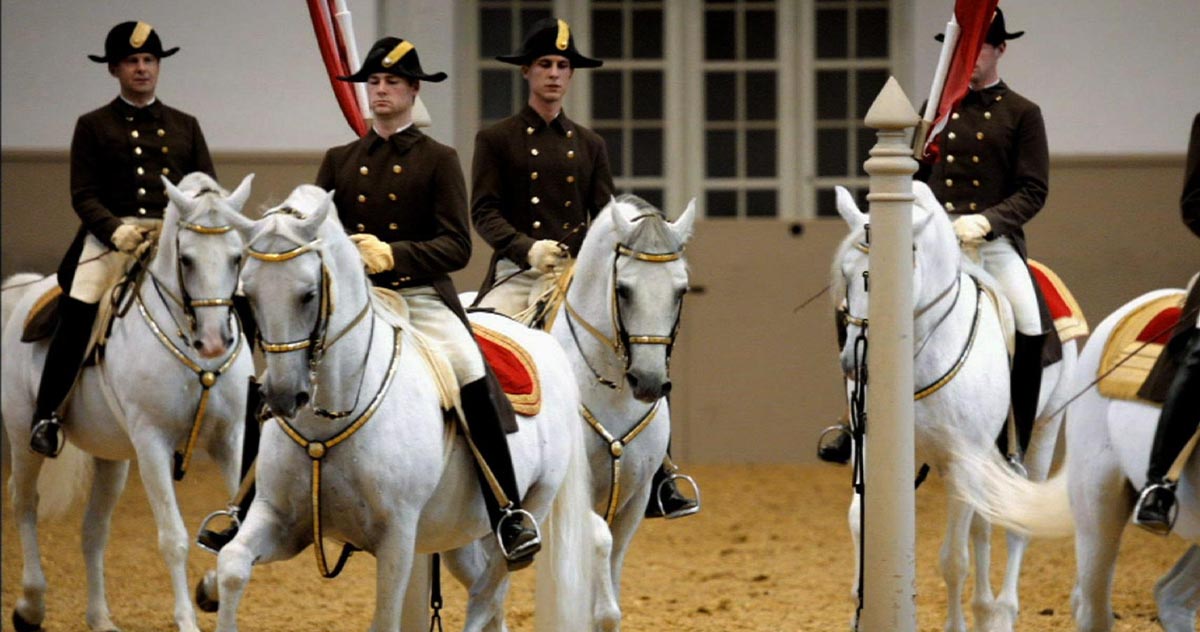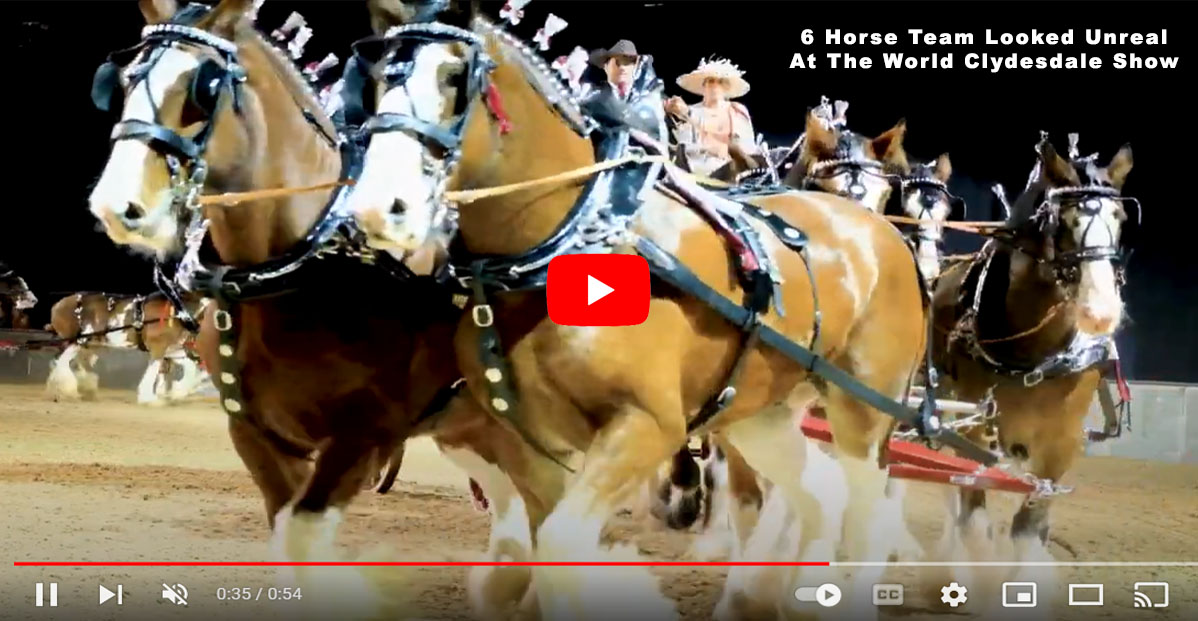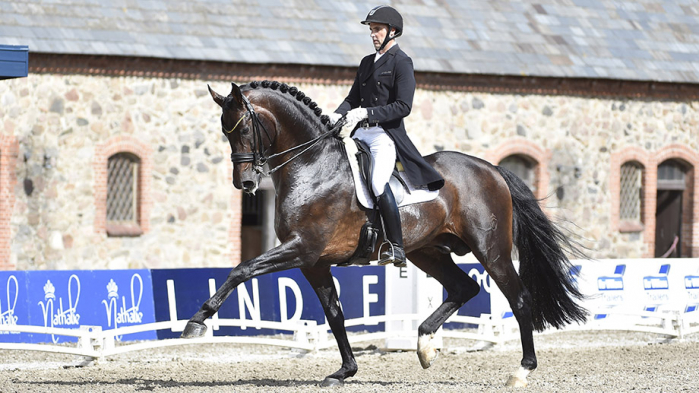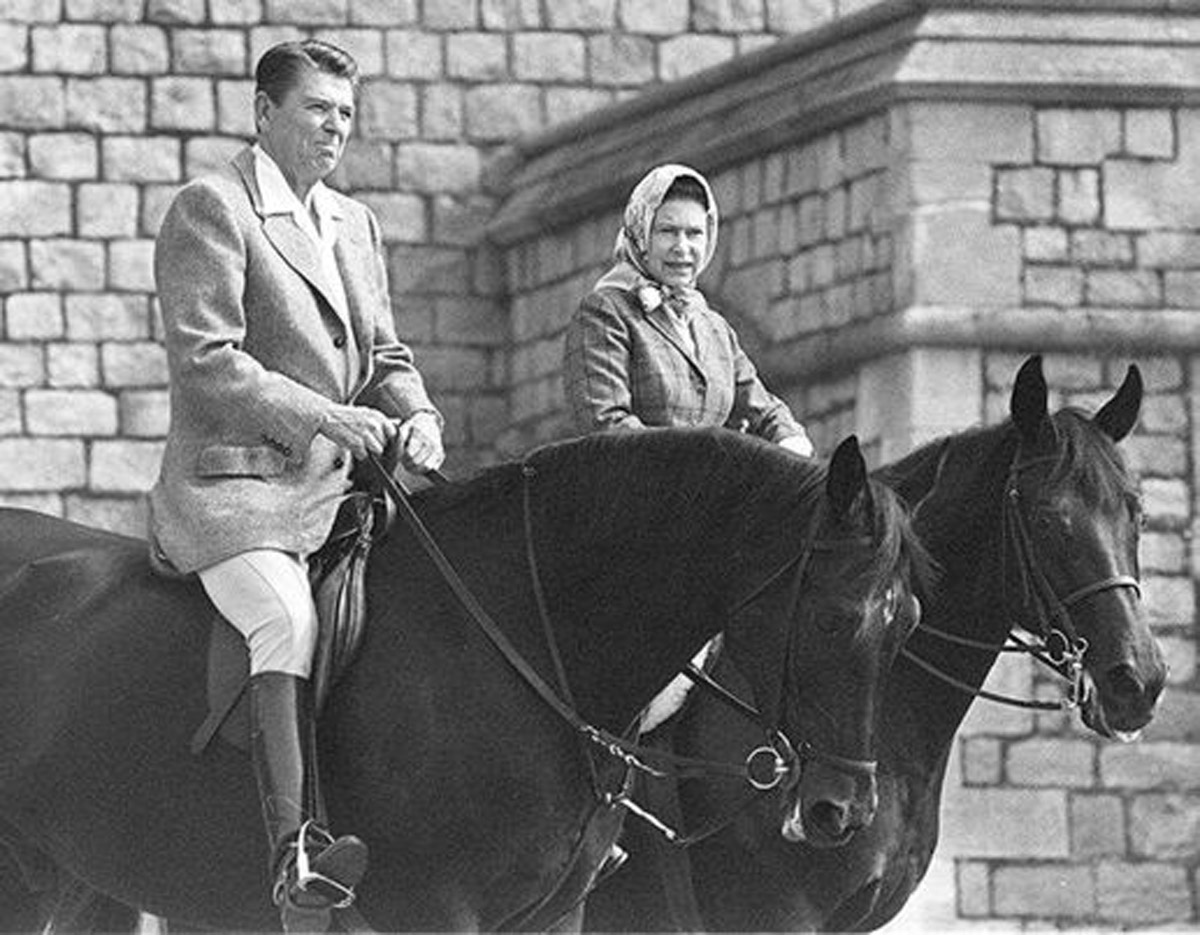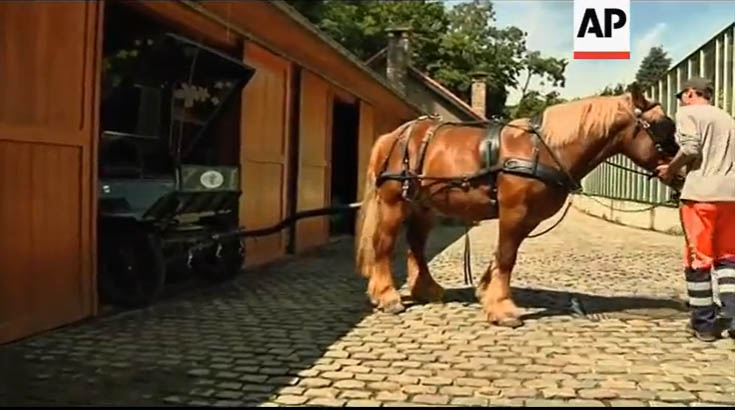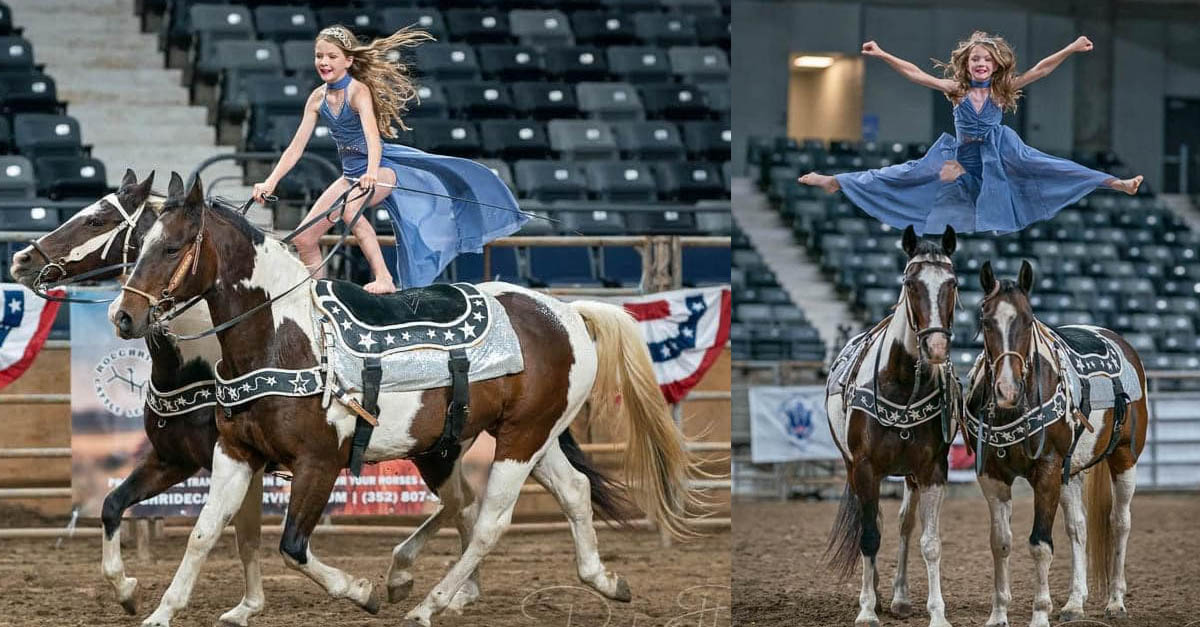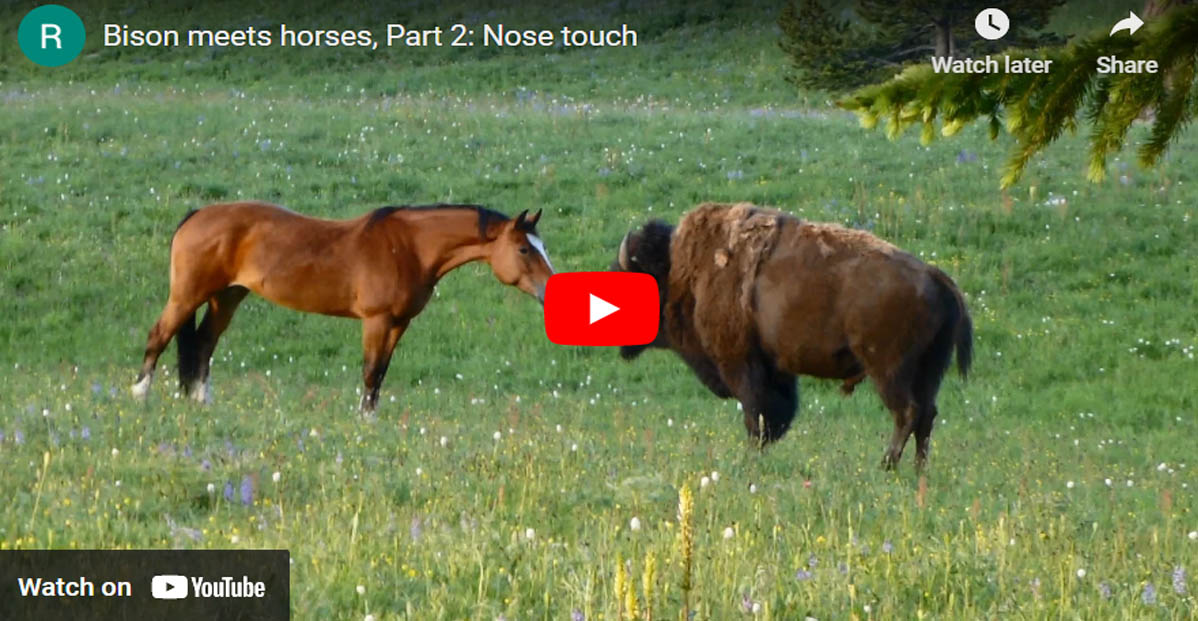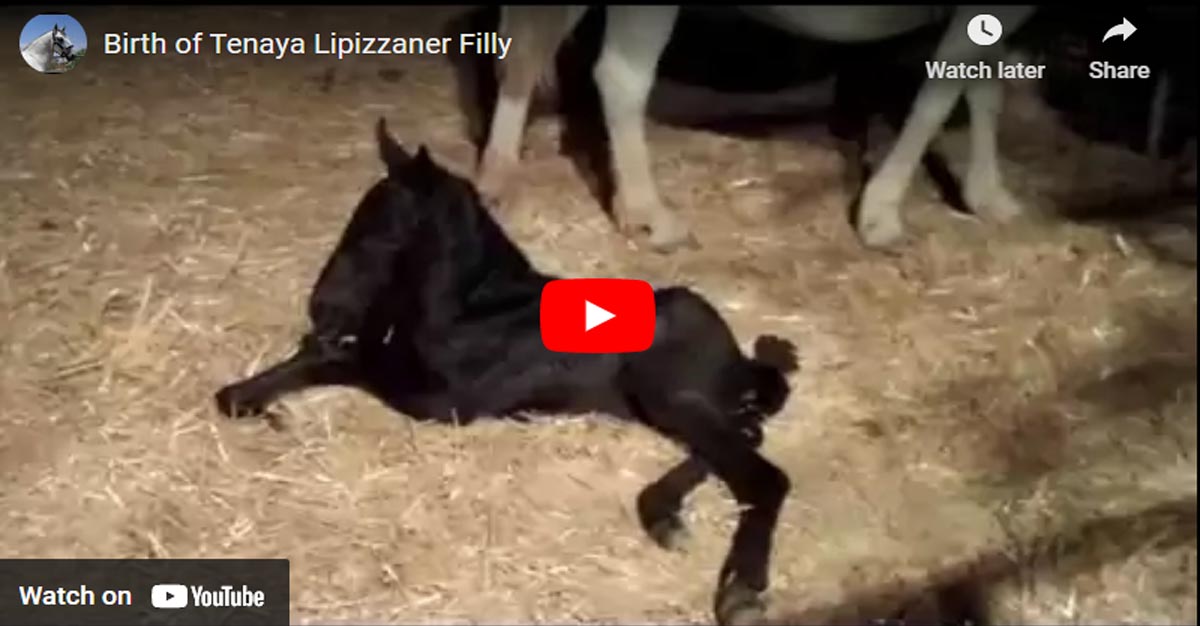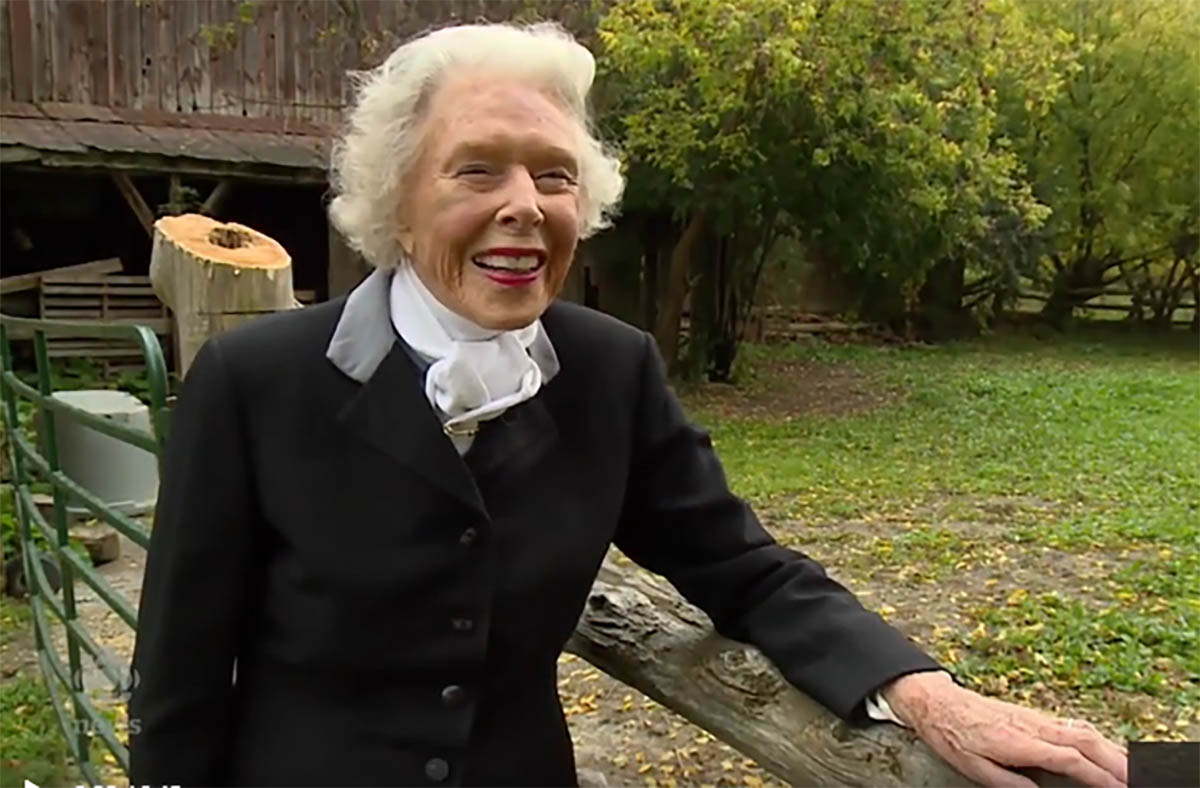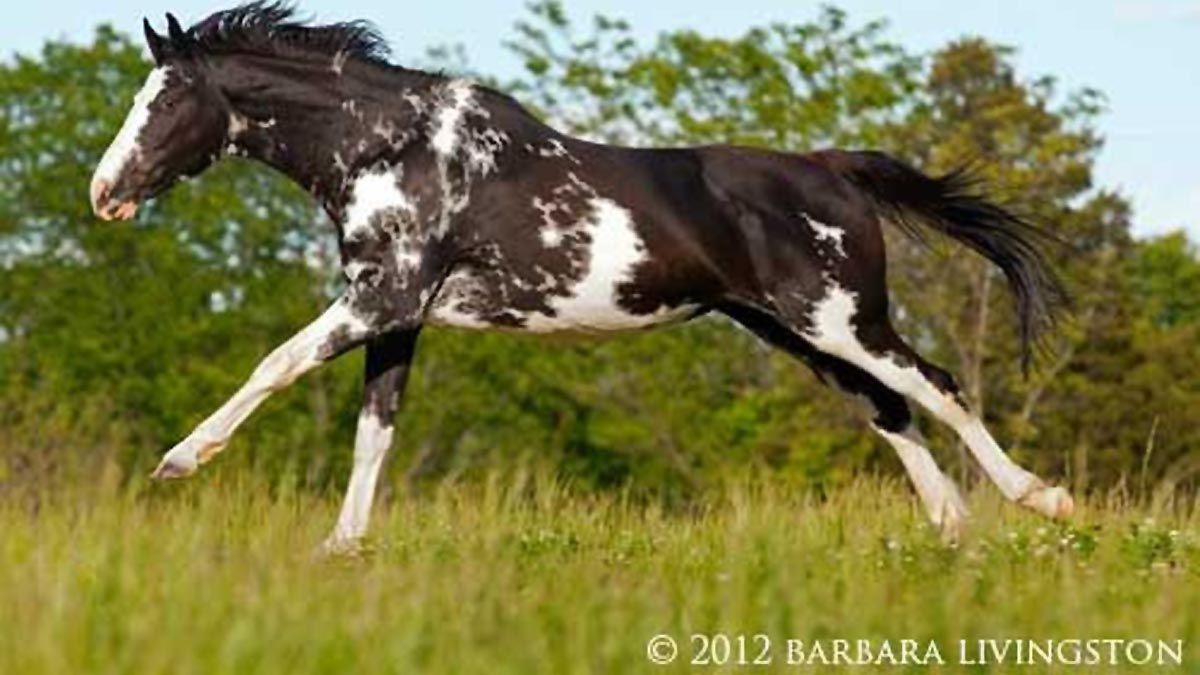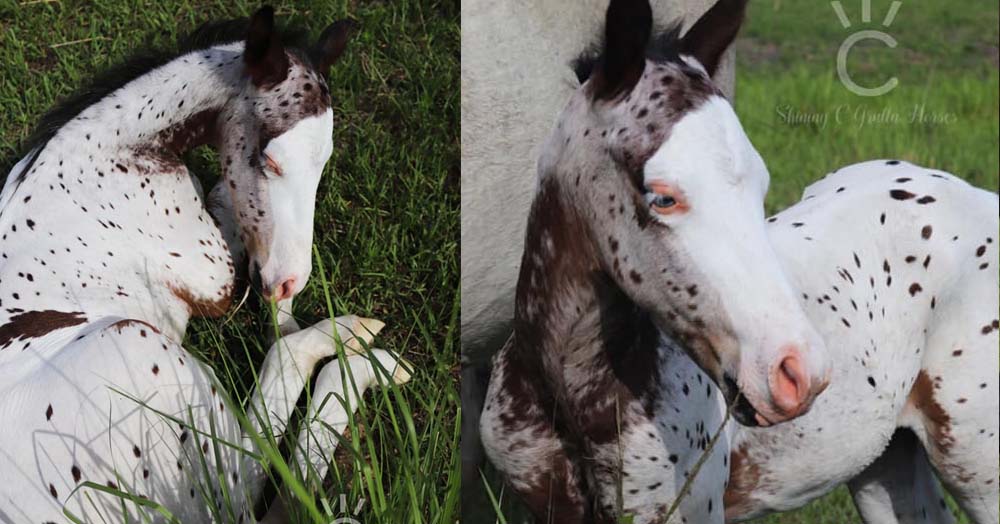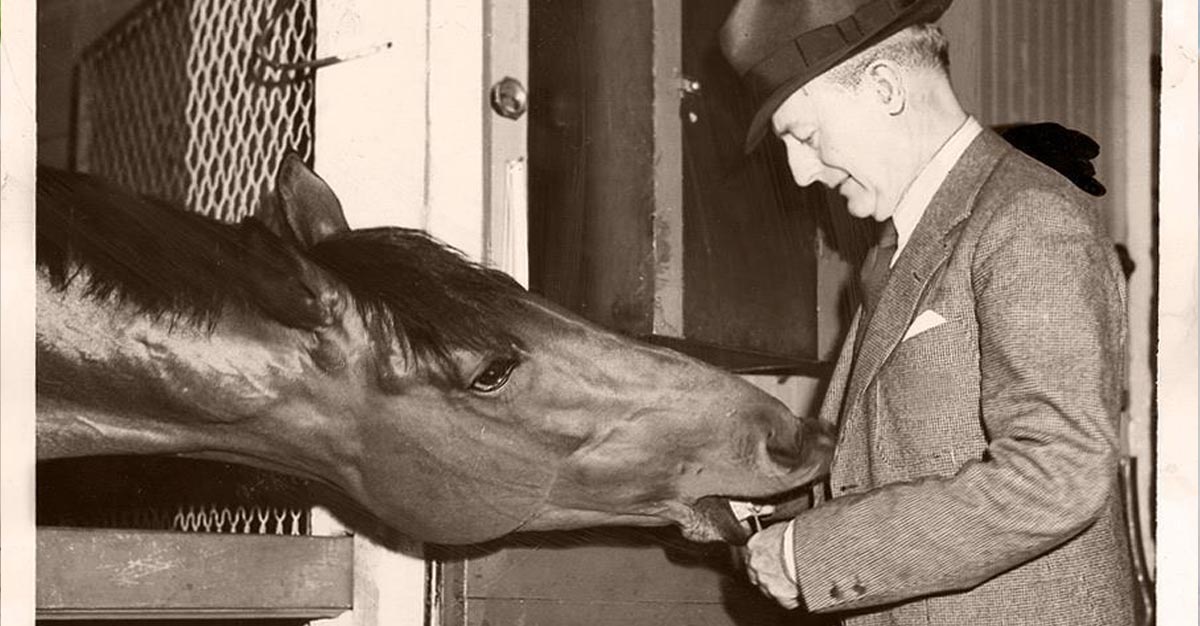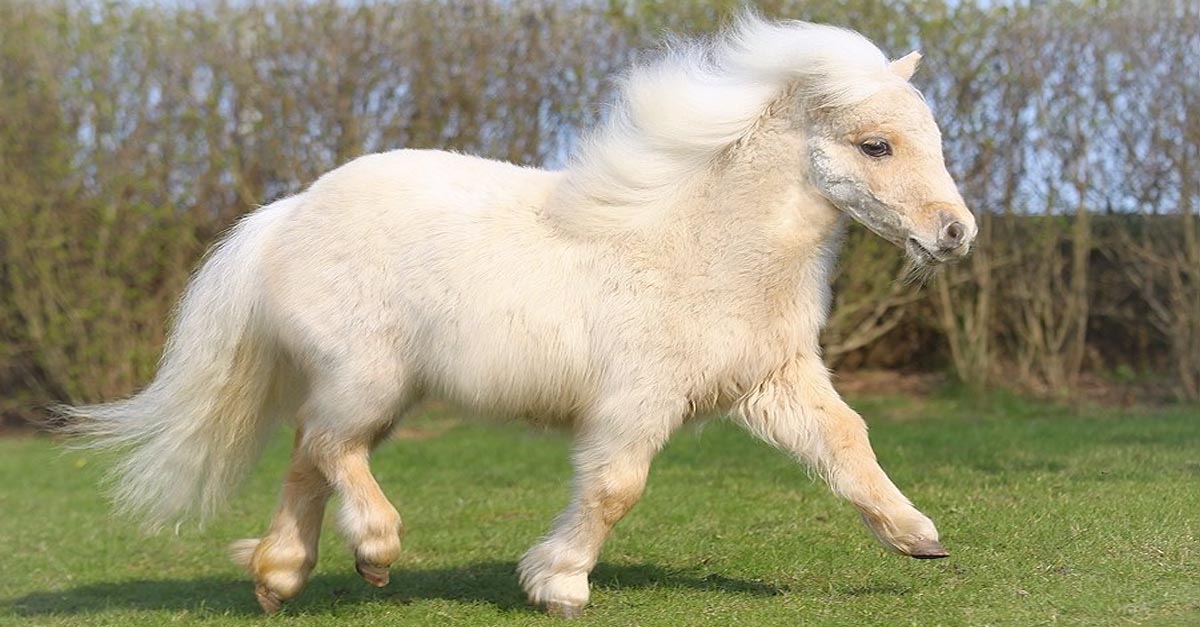Akhal-Teke Horses
The Akhal Teke horse is an ancient horse breed that can trace their origins back over 3,000 years, known for their formable endurance they can be found competing successfully in equestrian endurance riding as well as other horse sports.
------
The Akhal Teke horse breed is a horse breed that dates back 3,000 years, below you can see some examples of Akhal Teke horses and read about the origins of the breed.
Kambarbay - Akhal Teke Stallion
 Golden Akhal Teke Horse
Golden Akhal Teke Horse
 Arabian-akhal-teke foal posing in the field
Arabian-akhal-teke foal posing in the field
 Akhal-Teke Origins
Akhal-Teke Origins
The Akhal-Teke breed is more than 3,000 years old. The Akhal-Teke is a direct descendant of the Massagetae, the Bactrians, and the Alans` horses from the Middle Ages.
In the 5th to 15th century, the horses of the Central Asian civilizations were passed into the hands of the Turkmens. The Turkmens kept the bloodlines pure as their qualities surpassed the other breeds of horses. After Turkmenia had been annexed to the Russian Empire in 1881, the Turkmen horse became known as the Akhal-Teke. `Akhal-Teke` is a combination of the names of the Teke Turkmen tribe and the Akhal oasis that is located in the flatlands of the Kopet-Dag mountains.
The Akhal-Teke breed is a descendant of the ancient racehorse that was independently developed. Very few breeds can compare with the Akhal-Teke in respect of their size, speed, strength, and unique appearance. Its appearance is unlike the look of any of the ancient strains of equines due to the "dilution" gene and their conformation. The dilution gene that is present in many Akhal-Tekes is why buckskins and palominos will occasionally appear in the modern Thoroughbred.
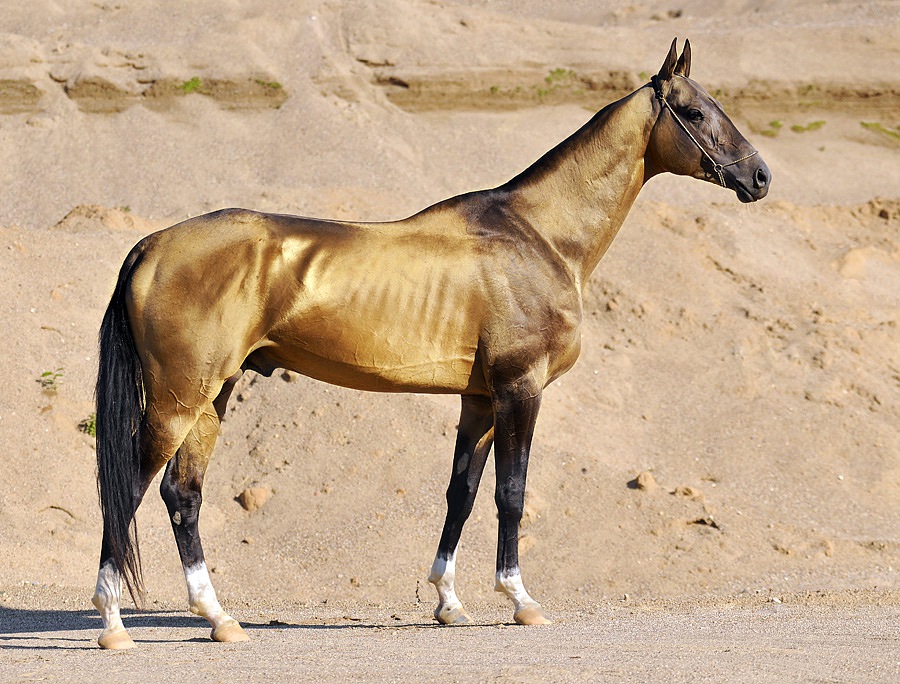 Historical Uses
Historical Uses
Akhal-Teke horses were a symbol of wealth for several regions. They were also used in racing and ridden by princes in wars during the Middle Ages. In literature, the Akhal-Tekes were written as being instrumental in the development of famous breeds such as the Arabian and the Thoroughbred. Akhal-Tekes also improved the horse breeds of Russia, the Near and Middle East, and Europe.
These horses were highly valued in Russia as well. These horses were critical in the development of the Don and the Orlov riding horses. Akhal-Tekes made up a third of the stock for the half of the 18th century. After the annexation of Turkmenia to Russia, the governor of the region concerned himself with preserving the breed which was in decline due to economic reasons. Under the governor of the Transcaspian state, the breed began to thrive again, and this marked the beginning of the development of the Thoroughbred stock in that region.
Development of the Akhal-Teke
Crossbreeding between the Akhal-Teke and the Thoroughbred began in the 20th century to create a faster, long-distance racehorse. However, the Anglo Akhal-Teke horse was not as resilient as their pure Akhal-Teke ancestors, and several died due to Central Asia`s harsh conditions.
Today, there is an approximated global population of 7,000 Akhal-Teke horses. The largest population of these horses are in Turkmenistan with about 700 horses. There are about 1,000 across all of Europe. However, there are only 40 Akhal-Tekes in the United Kingdom. The population numbers are so small because of the factors as follows:
The breed is still evolving, and several breeders are beginning to carefully breed for desirable conformation, good temperament, jumping ability, movement, and athleticism. All of these traits will enhance their capacity to perform and compete with success in the disciplines recognized by the FEI.
 Have you heard of the Akhal-Teke horse breed from Turkmenistan?
Have you heard of the Akhal-Teke horse breed from Turkmenistan?
They are a national emblem of the Turkic state, and only about 3,500 are left worldwide. These "golden horses` are known for their speed and famous for the natural metallic shimmer of their coats.


ContentAdvert











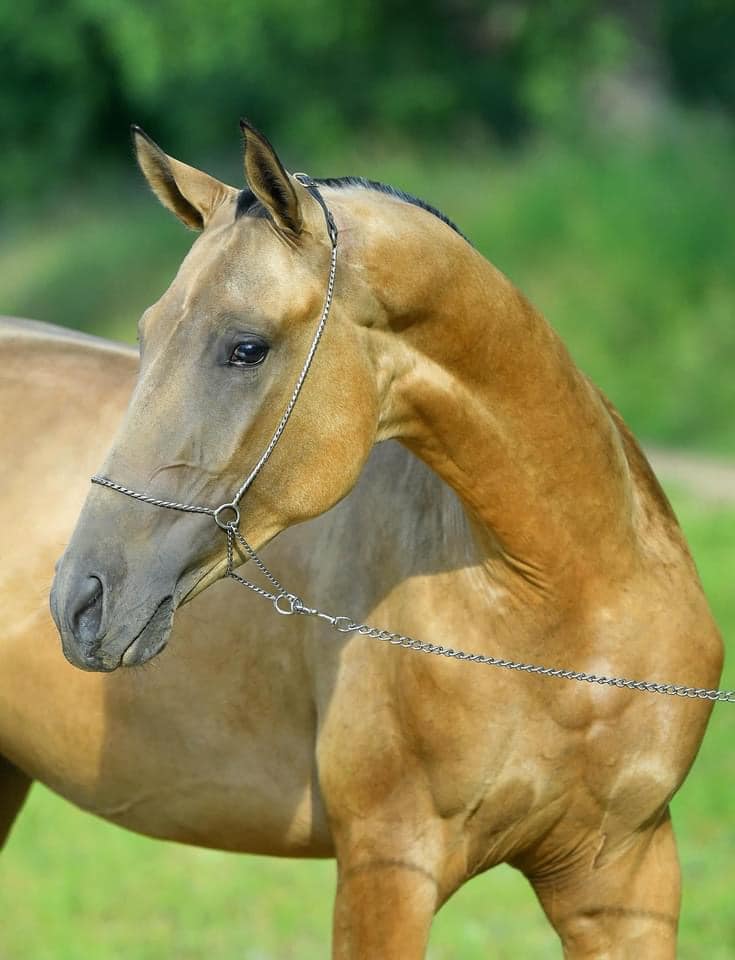 Call : +7 911 088-05-22
Call : +7 911 088-05-22
 Call : +7 911 088-05-22
Call : +7 911 088-05-22
 Call : +7 911 088-05-22
Call : +7 911 088-05-22
 Call : +7 911 088-05-22
Call : +7 911 088-05-22
Kambarbay Perlino Akhal Teke StallionKambarbay Perlino is a stallion that embodies all the grace and beauty of the Akhal Teke horse breed, located at solaris sport horses, Kambarbay PErlino has a proven competition record in showjumping, eventing and dressage, making him a choice for sport horse breeders who would like to introduce a bit of Akhal Teke blood into their breeding program, below you can watch a video show casing the beauty of this fantastic sport horse stallion. For more information on Kambarbay Perlino, please call 0044 (0) 759 0813 509 or email info@solaris-sport-horses.co.uk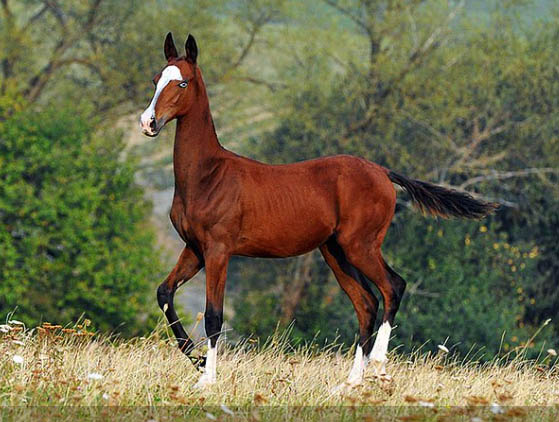
Medeus - Akhal Teke Stud
- Poprad 05801, Slovakia, Breeder of Akhal Teke Horses. Foals & young horses for sale, Akhal Teke stallions standing at stud. > More Info <
Swan Farm Akhal-Tekes - Dexter, Oregon
American breeder of the ancient Akhal-Teke breed, home of stallions at stud Ehyr Atlaz, Anduma, Anikit, Kiergen and Adamek, both shown successfully in competition and registered with the Akhal-Teke breeding association. Akhal Teke also have a selection of home bred Akhal Teke young horses for sale with the finest bloodlines, for more information please call (541) 514-4766, or email swanfarmdexter@gmail.com

|
Kambarbay - Akhal Teke Stallion



The Akhal-Teke breed is more than 3,000 years old. The Akhal-Teke is a direct descendant of the Massagetae, the Bactrians, and the Alans` horses from the Middle Ages.
In the 5th to 15th century, the horses of the Central Asian civilizations were passed into the hands of the Turkmens. The Turkmens kept the bloodlines pure as their qualities surpassed the other breeds of horses. After Turkmenia had been annexed to the Russian Empire in 1881, the Turkmen horse became known as the Akhal-Teke. `Akhal-Teke` is a combination of the names of the Teke Turkmen tribe and the Akhal oasis that is located in the flatlands of the Kopet-Dag mountains.
The Akhal-Teke breed is a descendant of the ancient racehorse that was independently developed. Very few breeds can compare with the Akhal-Teke in respect of their size, speed, strength, and unique appearance. Its appearance is unlike the look of any of the ancient strains of equines due to the "dilution" gene and their conformation. The dilution gene that is present in many Akhal-Tekes is why buckskins and palominos will occasionally appear in the modern Thoroughbred.

Akhal-Teke horses were a symbol of wealth for several regions. They were also used in racing and ridden by princes in wars during the Middle Ages. In literature, the Akhal-Tekes were written as being instrumental in the development of famous breeds such as the Arabian and the Thoroughbred. Akhal-Tekes also improved the horse breeds of Russia, the Near and Middle East, and Europe.
These horses were highly valued in Russia as well. These horses were critical in the development of the Don and the Orlov riding horses. Akhal-Tekes made up a third of the stock for the half of the 18th century. After the annexation of Turkmenia to Russia, the governor of the region concerned himself with preserving the breed which was in decline due to economic reasons. Under the governor of the Transcaspian state, the breed began to thrive again, and this marked the beginning of the development of the Thoroughbred stock in that region.
Development of the Akhal-Teke
Crossbreeding between the Akhal-Teke and the Thoroughbred began in the 20th century to create a faster, long-distance racehorse. However, the Anglo Akhal-Teke horse was not as resilient as their pure Akhal-Teke ancestors, and several died due to Central Asia`s harsh conditions.
Today, there is an approximated global population of 7,000 Akhal-Teke horses. The largest population of these horses are in Turkmenistan with about 700 horses. There are about 1,000 across all of Europe. However, there are only 40 Akhal-Tekes in the United Kingdom. The population numbers are so small because of the factors as follows:
- The ban of exports from the Soviet Union included Akhal-Teke horses.
- The lack of finances and management of the breed through the centuries.
- Images were circulated of Akhal-Tekes with poor conformation such as being sickle hocked, ewe necked, and having excessively long tubular bodies, and often being in malnourished states had made them less desirable to own and breed.
The breed is still evolving, and several breeders are beginning to carefully breed for desirable conformation, good temperament, jumping ability, movement, and athleticism. All of these traits will enhance their capacity to perform and compete with success in the disciplines recognized by the FEI.
Find this of interest please share with your friends
Akhal Teke - Kambarbay - Cross Country

They are a national emblem of the Turkic state, and only about 3,500 are left worldwide. These "golden horses` are known for their speed and famous for the natural metallic shimmer of their coats.



ContentAdvert

Turkmen Horse - Akhal Teke 












Akhal-Teke For Sale UK
 Call : +7 911 088-05-22
Call : +7 911 088-05-22
Akhal Teke Horses For Sale
 Call : +7 911 088-05-22
Call : +7 911 088-05-22
Akhal Teke For Sale UK
 Call : +7 911 088-05-22
Call : +7 911 088-05-22
Akhal Teke Horse For Sale UK
 Call : +7 911 088-05-22
Call : +7 911 088-05-22




